DAP 3: Positive Guidance
Overview
Children develop socially and emotionally through daily caring interactions and positive guidance. Your program’s positive behavioral practices are documentation of the support and guidance you give to children. Focusing on positive behaviors, providing visual cues, and helping children understand what to do are important steps in promoting positive social skills and self-discipline.
A written policy that describes these practices is one way to communicate to others how you promote positive behavior, take steps to avoid negative behaviors, and help children gain vital social-emotional skills for meeting life’s challenges.
Requirement
Levels 4 and 5:
Staff uses positive behavioral supports and strategies with children that include providing choices, using redirection, reflection and problem solving, and clear rules and expectations developed with input from the children.
Documentation to upload: Positive Behavioral Practices Policy
The requirements for levels 4 & 5 are the same. If you meet the requirements for level 4, you will be rated as a level 5 in DAP 3.
Build a Policy
Develop a policy that describes your program’s positive behavioral practices. The Reflection Questions below will help you think about what you do in your program to capture it when creating your policy. Once you have spent time reflecting on the questions below, you’re ready to build your policy.
Reflection Questions
- What positive behavioral supports and strategies are used in the Pre-K program?
- How are children given choices throughout the day to encourage positive behavior?
- When and how is redirection used as a behavior strategy?
- How is reflection used as a positive behavior strategy, and what are some examples of this approach?
- How is problem-solving used as a positive behavior strategy, and what are some examples of this approach?
- How are the rules and expectations made clear to the children? How do the children provide input when developing the rules?
After reflecting, you can download and save the Positive Guidance Policy Template to create your policy.
If you need more time to develop your Positive Behavioral Practices Policy, use the Writers Tips and Prompts to find examples and get more guidance.
Next Steps
- Review your Positive Behavioral Practices Policy to ensure that requirements is met.
- Log into the Maryland EXCELS System to upload the program’s Positive Behavioral Practices Policy.
- Submit for review.



